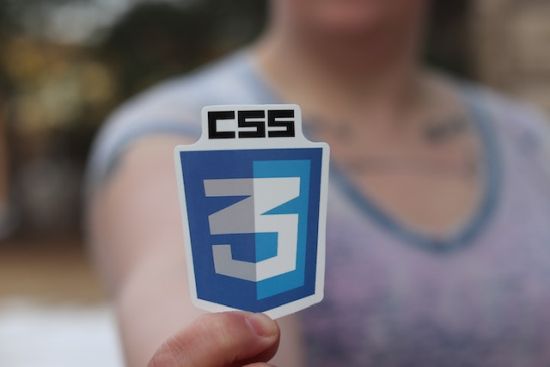Use a reset or normalize styles. A reset or normalize stylesheet can help to ensure that your styles are applied consistently across different browsers and devices. This can help to avoid inconsistencies and bugs, and can make your styles more predictable and reliable.

Use a modular approach. A modular approach to CSS design involves breaking your styles into small, reusable components that can be easily combined and customized. This can help to make your styles more flexible and maintainable, and can also make your code more reusable and easier to manage.
Use a CSS preprocessor. A CSS preprocessor is a tool that allows you to write CSS in a more powerful and expressive way. Preprocessors such as Sass and Less provide features such as variables, mixins, and functions, which can help you to write more efficient and maintainable CSS.
Use semantic class names. Semantic class names are class names that describe the purpose or meaning of an element, rather than its appearance. For example, a class name such as “button” or “navigation” is more semantic than a class name such as “blue” or “large”. Using semantic class names can make your code more readable and maintainable.
Use a consistent naming convention. A consistent naming convention is a set of rules for naming your CSS classes and other elements. This can help to make your code more predictable and readable, and can also make it easier for others to understand and collaborate with your code.
Use CSS3 and HTML5. CSS3 and HTML5 are the latest versions of the CSS and HTML standards, and include many new features and improvements that can enhance your designs and make your code more efficient. Consider using these newer standards where appropriate, and take advantage of their features to improve your designs.
Use media queries. Media queries are a CSS feature that allows you to apply different styles based on the characteristics of the device or viewport. This can help you to create responsive designs that adapt to different screen sizes and device types, and can improve the user experience of your website.
Use the cascade wisely. The cascade is the mechanism by which CSS styles are applied to elements. Understanding how the cascade works can help you to avoid conflicts and overrides, and can also help you to write more efficient and maintainable CSS.
Use vendor prefixes. Vendor prefixes are a way of ensuring that your styles are supported by a wider range of browsers. Consider using vendor prefixes for CSS properties that are not yet fully supported by all browsers, to ensure that your styles are applied consistently across

